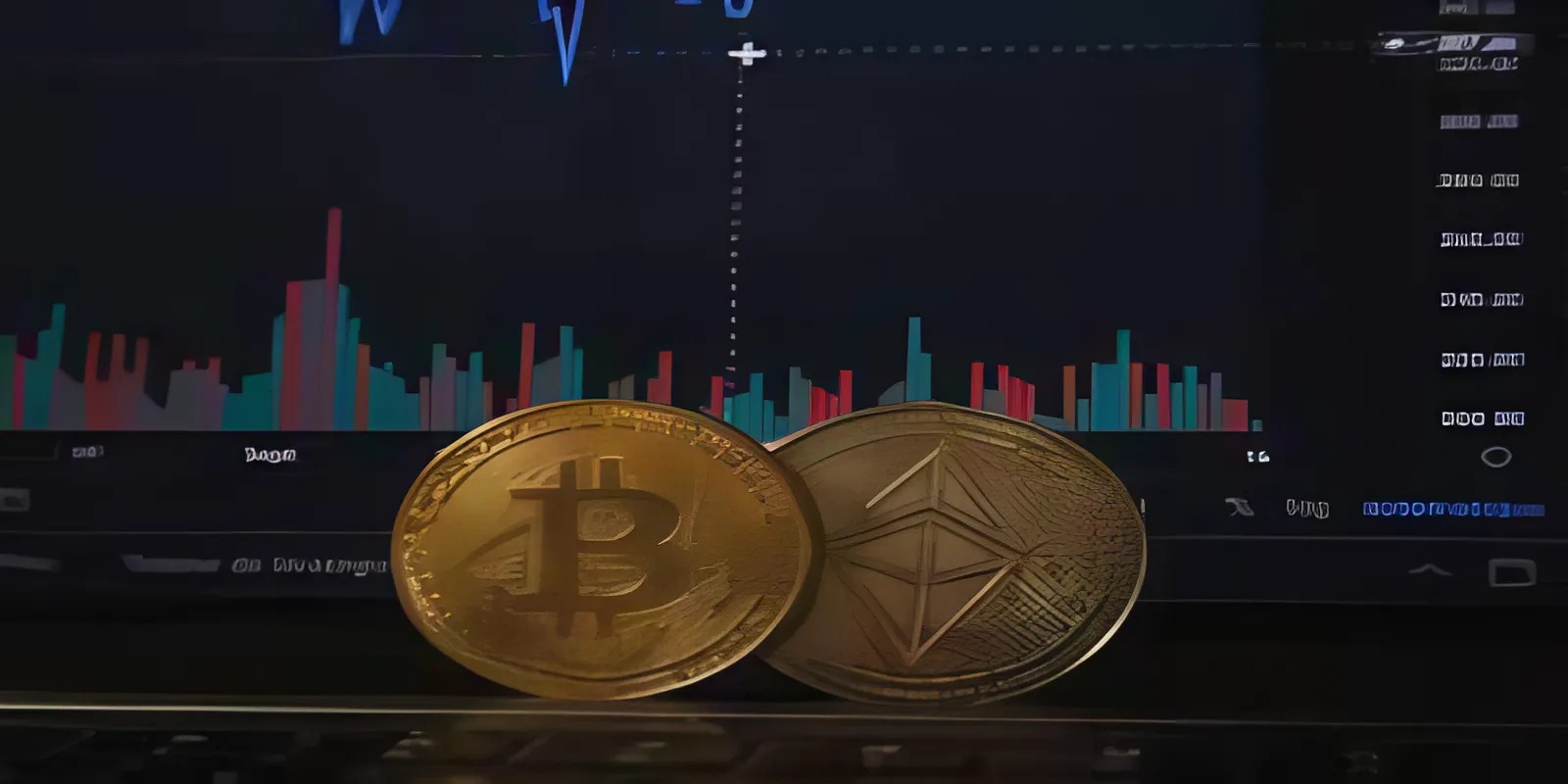
Trading on Toobit requires an understanding of order types and how to use them to optimize profits while minimizing risks. This article provides a detailed guide on common Toobit Trading Order types, how to place orders, effective strategies, and important considerations. Additionally, you will learn about trading fees and how to avoid common mistakes. Whether you are a beginner or an experienced trader, mastering this knowledge will help you trade confidently and efficiently on Toobit.
Introduction to Toobit Trading Order
Before starting to trade, it is crucial to understand the platform you are using and the benefits it offers investors.
What is Toobit?
Toobit is a prominent cryptocurrency exchange that provides a secure and efficient trading platform with a variety of tools to help traders optimize their investment strategies. With the rapid development of the crypto market, Toobit continuously upgrades its technology and features to offer the best trading experience for users.
Overview of Toobit’s Trading System
Toobit’s trading system is designed to accommodate various investment strategies, from day trading to long-term trading. With a modern interface and powerful support tools, traders can easily place Toobit Trading Orders, monitor the market, and adjust strategies flexibly.
Key features of Toobit’s trading system:
- Supports various order types: Market Order, Limit Order, Stop Order, OCO Order.
- Advanced charting tools: These provide technical analysis and key indicators to help traders make informed decisions.
- Fast execution speed: A high-speed order matching system ensures good liquidity.
- High-security features: Two-factor authentication (2FA) and enhanced account protection measures.

Types of Trading Orders on Toobit
Understanding each Toobit Trading Order type will help you optimize your strategy and manage risks effectively. Below are the common order types on Toobit and how to use them wisely.
Market Order
For fast execution without waiting for a specific price, a Market Order is the best choice.
- Definition: A market order is an order to buy or sell an asset immediately at the best available market price.
- Usage: Suitable for traders who want to execute trades quickly without focusing on a specific price.
- Advantages: Ensures immediate execution.
- Disadvantages: May experience slippage if the market fluctuates strongly, especially during major news events.
Limit Order
If you want to control the buying or selling price rather than accept the current market price, a Limit Order is a useful tool.
- Definition: A limit order allows traders to set a desired buy or sell price, and the order is only executed when the market reaches that price.
- Usage: Ideal for traders who want to control transaction prices and optimize profits.
- Advantages: Helps buy low and sell high, prevents slippage, and allows traders to enter orders at better positions.
- Disadvantages: There is no guarantee that the order will be executed if the market does not reach the specified price, potentially missing trading opportunities.
Stop Order
To protect accounts from unexpected market fluctuations, stop orders are essential risk management tools.
- Definition: A stop order triggers a buy/sell order when the price reaches a certain level.
- Types of Stop Orders:
- Stop Loss: Limits losses by automatically exiting a trade when the price moves against expectations.
- Stop Limit: Combines Stop Order and Limit Order to increase price control and limit slippage risk.
- Application: Useful for protecting accounts from major price fluctuations and avoiding unwanted losses.
OCO Order (One Cancels the Other)
For traders who want to set flexible orders without constant monitoring, Toobit Trading Order offers OCO Orders to help manage trading positions more effectively.
- Definition: An OCO order allows placing two orders simultaneously; when one order is executed, the other is automatically canceled.
- Advantages: Helps traders remain flexible and manage risks better, especially when trading trends.
Trailing Stop Order
How can you lock in profits while protecting your account from trend reversals? A Trailing Stop is the solution to optimize trading strategies.
- Definition: This order automatically adjusts the stop-loss level according to price trends to maximize profits.
- Usage: Useful when wanting to secure profits while protecting positions in case of sudden market reversals.

Guide to Using Trading Orders on Toobit
After understanding the types of Toobit Trading Orders, the next step is mastering how to place orders, adjust them when necessary, and apply suitable trading strategies.
How to Place Basic Orders
Placing an order on Toobit is not too complicated, but to ensure the order is executed accurately and efficiently, you need to follow a specific process:
- Log in to your Toobit account.
- Select a trading pair that aligns with your investment strategy.
- Choose the type of Toobit Trading Order (Market Order, Limit Order, Stop Order, etc.) based on your trading objectives.
- Enter the desired quantity and price (if applicable).
- Confirm the trade order and monitor it on the trading interface to manage its status.
Adjusting and Canceling Orders
Orders do not always get executed immediately or move in your expected direction. Therefore, monitoring and adjusting orders is crucial to optimizing profits and minimizing risks.
- Modify orders: If the order has not been executed, you can change the price or quantity to better match market conditions.
- Cancel orders: If the order no longer fits your trading strategy, you can cancel it before it is executed.
- Monitor the market regularly: Price fluctuations can change rapidly, so observing the market is essential to adjusting orders in time.
Strategies for Using Different Order Types
Each trading style requires a different approach to order execution. Here are some common strategies you can apply:
- Day Trading:
- Combine Market Orders and Limit Orders to capitalize on daily price fluctuations.
- The goal is to buy low and sell high within a short period for quick profits.
- Swing Trading:
- Use Stop Orders to secure profits when the market trends in the medium term.
- Suitable for traders who hold positions for a few days to weeks, waiting for trends to develop.
- Scalping:
- Requires quick execution with Market Orders to take advantage of small market movements.
- Demands fast reactions, entering and exiting positions within very short timeframes to maximize profits.
Risks and Considerations When Using Trading Orders on Toobit
Trading on Toobit offers many opportunities but also involves risks, especially if you lack a proper risk management strategy. Understanding potential risks and how to mitigate them will help you trade more effectively.
Risks Associated with Different Order Types
Each type of trading order has its advantages and disadvantages. If not used correctly, they can lead to unwanted losses:
- Market Order: May suffer from slippage if the market is highly volatile, leading to execution at an unexpected price.
- Limit Order: Execution is not guaranteed if the price does not reach the required level, possibly missing trading opportunities.
- Stop Loss: Can be triggered too early due to rapid price fluctuations, especially during unstable market periods.
- High Leverage: Can maximize profits but also increases the risk of losing capital, particularly in futures trading.
Tips to Minimize Risks
To mitigate these risks, consider the following measures:
- Always set a Stop Loss to protect your account from significant losses.
- Avoid using Market Orders during highly volatile periods or major news releases.
- Utilize OCO Orders (One Cancels the Other) to manage risks and establish a clear exit strategy.
- Regularly monitor the market to adjust orders timely and avoid unexpected price shocks.
Toobit Trading Fees and Related Factors
Besides understanding order types, traders should also consider transaction costs. Each order type carries different fees that directly impact profitability.
Toobit Trading Fees: Maker & Taker Fees
On Toobit, trading fees are categorized into two types:
- Maker: Traders place a Limit Order, adding liquidity to the order book. Maker fees are usually lower.
- Taker: Traders use a Market Order or execute an existing order from the order book, taking liquidity. Taker fees are generally higher.
Impact of Toobit Order Types on Trading Costs
Choosing the right order type not only optimizes profits but also reduces trading costs:
- Market Orders may result in higher fees due to slippage and increased transaction costs.
- Limit Orders help save costs as maker fees are lower and slippage risks are avoided.

Effective Trading Tips on Toobit
A good trading strategy relies not only on choosing the right order type but also on risk management skills and avoiding common mistakes.
How to Choose the Right Order
Selecting the correct order type helps you manage trades more effectively:
- Market Order: Suitable when you need immediate execution and accept slippage risks.
- Limit Order: Ideal for controlling execution price and avoiding high fees.
- Stop Loss: Helps protect your account from unexpected large market movements.
Using Stop Orders to Control Risk
One of the most effective risk management methods is using stop orders properly:
- Set Stop Loss and Trailing Stop to secure profits in case the market reverses.
- Never trade without an exit strategy to avoid getting caught in market psychology.
Common Mistakes When Placing Orders and How to Avoid Them
Here are some frequent mistakes traders make and how to fix them:
- Not setting a Stop Loss Can lead to significant losses during strong market fluctuations.
- Overusing leverage: Increases the risk of losing all capital if the market moves against expectations.
- Ignoring market news: This leads to untimely or incorrect trading decisions.
Conclusion
Understanding different Toobit Trading Order types allows traders to optimize investment strategies and manage risks more effectively. Choose the appropriate order type and always monitor the market to make well-informed trading decisions. Hopefully, this article has given you a clearer perspective on Toobit Trading Orders and how to use them wisely!



























